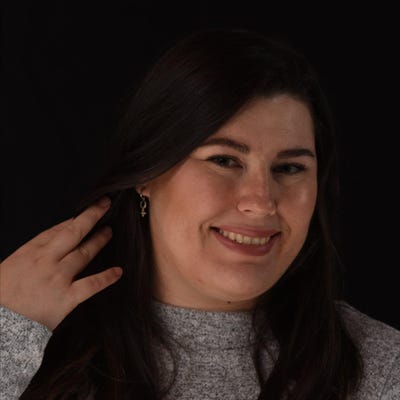GE Healthcare Signs $44M Deal with BARDA
The company and administration plan to develop and obtain the technology to expedite trauma diagnosis and treatment.

GE Healthcare has announced it recently signed a $44 million contract with Biomedical Advanced Research and Development Authority (BARDA), part of the Administration for Strategic Preparedness and Response (ASPR) within the United States Department of Health and Human Services (HHS), to develop and obtain regulatory clearance for AI-augmented ultrasound technology applications.
The point-of-care ultrasound will use AI to expedite trauma triage and treatment, building on its existing ultrasound portfolio to develop an advanced probe and ultrasound system. The AI technology in the system will be able to be used by users of all skill levels, increasing the number of capable users and making the delivery of care more efficient.
Point-of-care ultrasound is consistently used in emergency situations to expeditiously get the answers needed for treatment.
Device indications include blunt and penetrating trauma, head trauma, lung injuries, along with multiple lung pathologies that happen outside of trauma care like infectious diseases.
“Point-of-care ultrasound is an essential tool in emergecanvancy situations to help clinicians quickly get the answers they need when treating patients,” said Roland Rott, president and CEO, ultrasound, GE HealthCare. “We are grateful and excited for the opportunity to partner with BARDA to contribute our expertise in ultrasound and AI applications to develop innovative solutions for identifying a range of traumatic injuries and lung pathologies. Our collaboration has the potential to enhance the ability of clinicians to provide timely care for trauma patients even in the most dire scenarios.”
GE said it will develop the technology and AI applications to be compatible with select point-of-care ultrasound systems from its portfolio to provide access to patients in a wide range of environments and care areas.
Of note, the collaboration is supported in whole or in part with federal funds from HHS, BARDA, and ASPR.
About the Author(s)
You May Also Like



.png?width=300&auto=webp&quality=80&disable=upscale)
